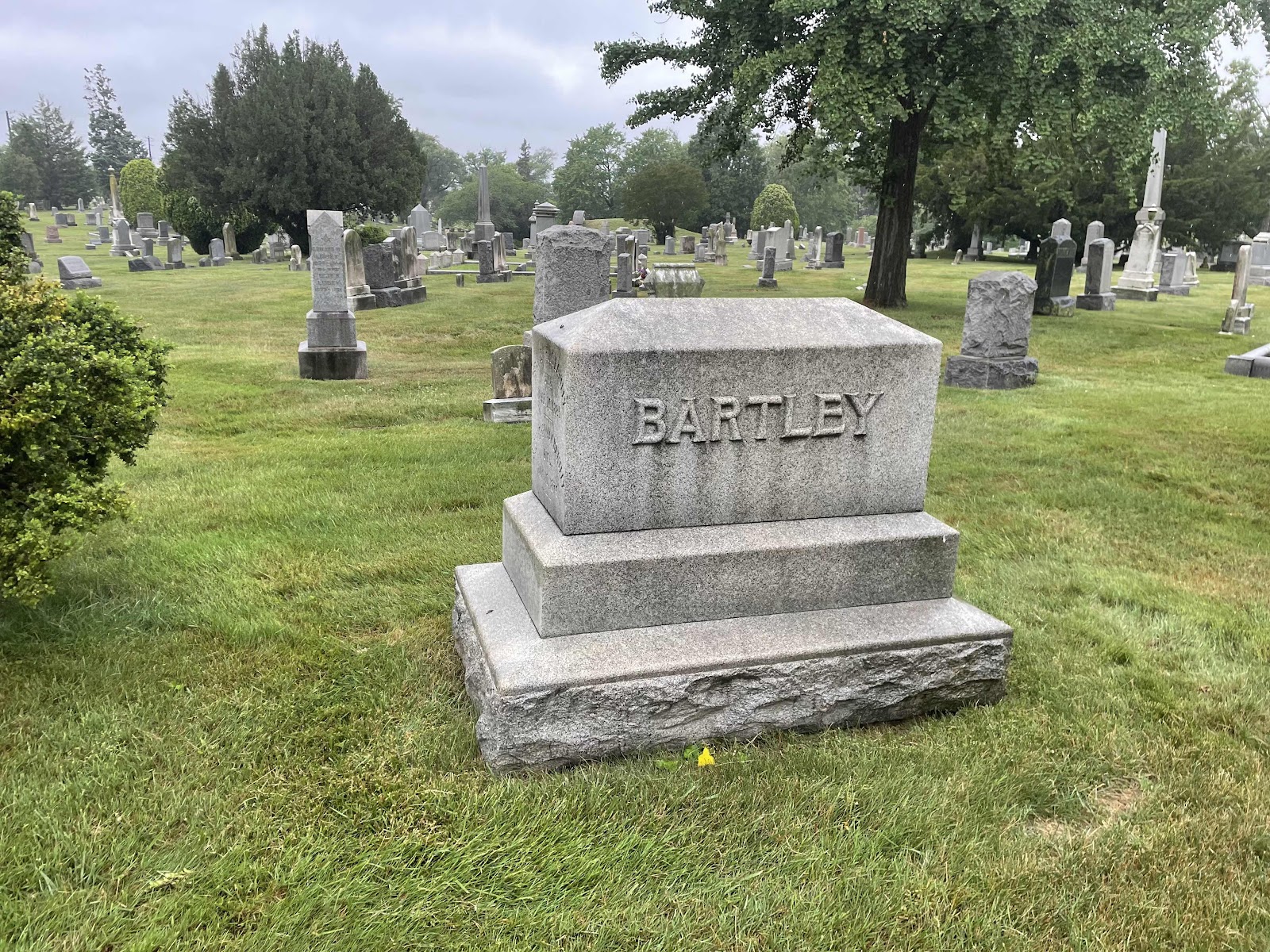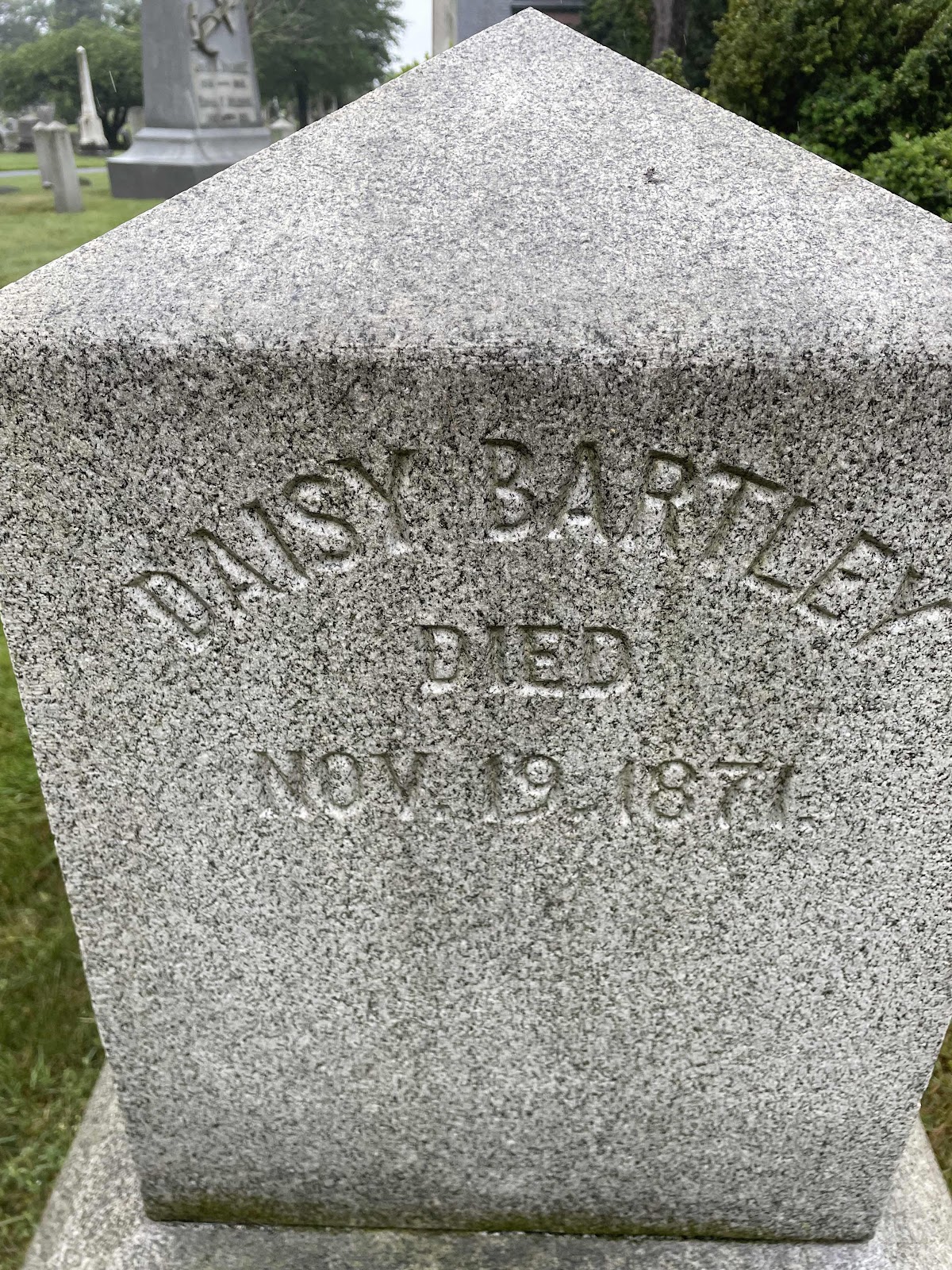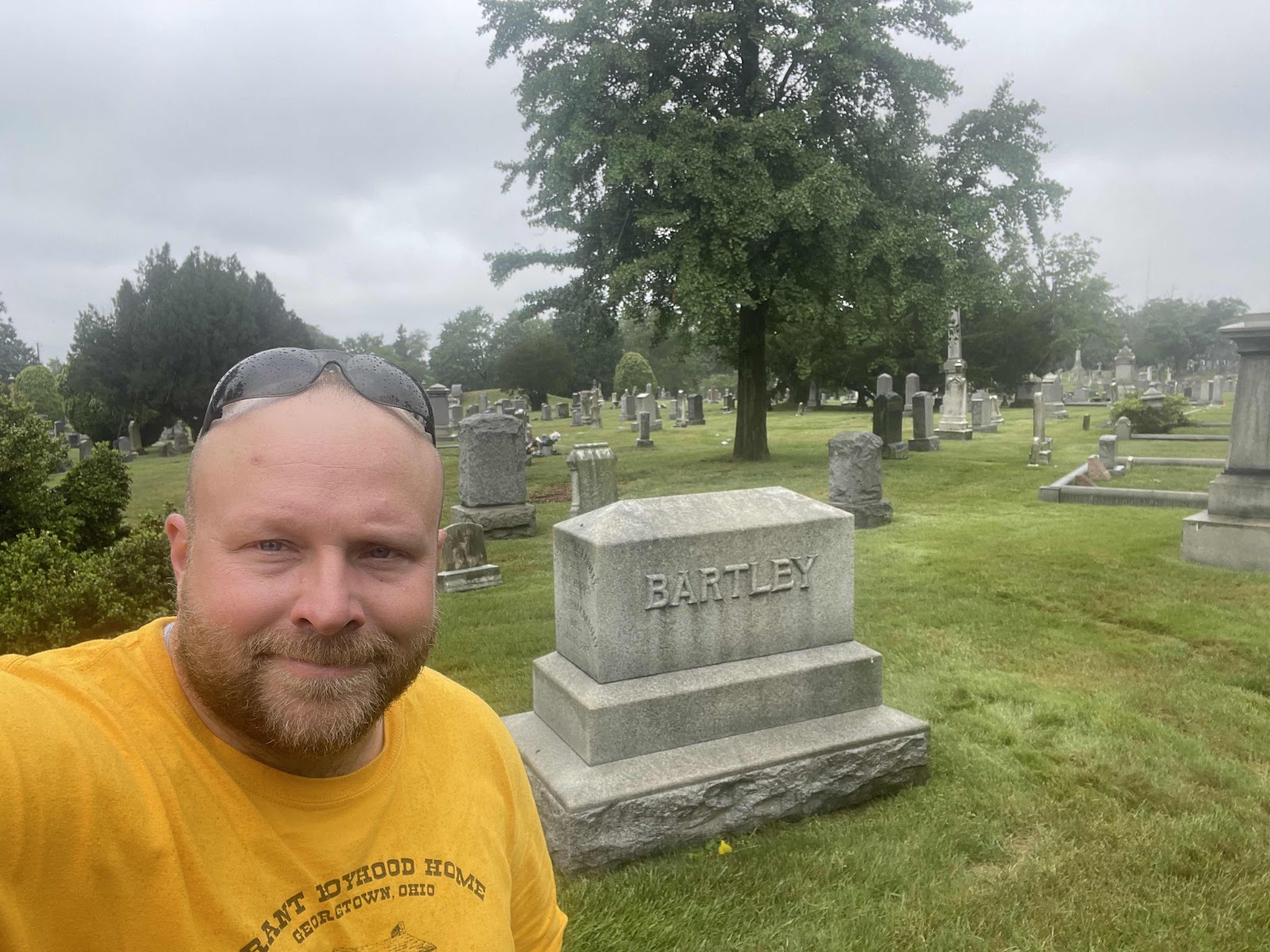Born: February 11, 1812
Died: June 20, 1885
Political Party: Democrat
Term in Office: April 15, 1844- December 3, 1844
Buried: Glenwood Cemetery Washington DC
No. 48 of 58
Thomas W Bartley was born in Jefferson County Ohio and grew up in the Mansfield area. Like many governors and various politicians he got his start practicing law.
Bartley was admitted to the bar at age 21. As a result of his father Mordecai Bartley serving in the US house of representatives, Bartley had a lifelong interest in politics and when he came of age had no problem entering it himself.
His first elected position was as prosecuting attorney of Richland County. He later entered the state legislature in 1839 and became Speaker of Ohio’s Senate in 1843.
In 1844 President John Tyler appointed Ohio Governor Wilson Shannon to become minister to Mexico. As Speaker of the Senate Thomas Bartley assumed the Governorship for the remainder of Shannon‘s term.
Thomas Bartley served as both Speaker of the Senate and Governor of Ohio from April to December 1844. Seeing as a general assembly had adjourned about a month before Bartley assumed the Governorship there really wasn’t a great deal for him to do as Governor in that timeframe.
As the election of 1844 approached Thomas Bartley pursued the Democratic parties nomination for Governor but he lost that nomination by a single vote.
In one of the more interesting turn of events that I’ve come across in all these years of studying the lives of the Governor of Ohio, Thomas’s father Mordecai Bartley became the Whig party nominee for Governor that year. Had Thomas won the Democratic nomination it would’ve been a contest versus father and son. As it was, Mordecai Bartley won the election and proceeded to secede his son in the governorship on Inauguration Day.
Thomas Bartley would later serve in the Ohio Supreme Court, including about three years as Chief justice of the Ohio Supreme Court.
He eventually ended up in Washington DC where he continued to practice law. He died in 1885 in DC and was buried in Glenwood cemetery there. Making him one of seven Governor’s of Ohio who are buried outside of the state.
In June 2021 I made it a stop in the DC area on our way down to vacation in Williamsburg, Virginia. The gravesite of Thomas Bartley has been marked in my Google maps for a very long time and I finally got the opportunity to pay my respects.




In June 2021 I made it a stop in the DC area on our way down to vacation in Williamsburg, Virginia. The gravesite of Thomas Bartley has been marked in my Google maps for a very long time and I finally got the opportunity to pay my respects.


























